This article was medically reviewed by Shaune Wallace, OD. Dr. Wallace is an Optometrist in Nevada with over 14 years of optometry experience. He received his OD from the Southern California College of Optometry in 2006 and is a member of the American Optometric Association.
There are 21 references cited in this article, which can be found at the bottom of the page.
This article has been viewed 36,525 times.
Eye exams are key to maintaining good eye health, especially if you are at risk for visual impairment. These exams can help determine if you need to get glasses or contacts or if you need to update an already existing prescription, as well as help identify any ocular problems such as glaucoma, macular degeneration, or cataracts. Visiting the eye doctor doesn’t need to be intimidating. In fact, planning ahead and knowing how to prepare for an eye exam can put you at ease and help you make the most out of your visit.[1]
Steps
Scheduling an Eye Exam
-
1Make a list of any eye problems you’re experiencing. The could include seeing flashes of light, seeing double, experiencing blurry vision, eye pain, frequent headaches, or having difficulty distinguishing between reds and greens.[2]
-
2Identify any recent health issues or family history of eye problems. This can help you determine when it’s time to schedule an eye exam. For example, if you had a recent injury or operations which you suspect is affecting your vision, call a clinic immediately to schedule an appointment.
- If anybody in your family, especially your parents, has had a condition like glaucoma, cataracts, or macular degeneration, you may be at higher risk of developing it.
- For example, family history of glaucoma can increase your risk of developing the condition by 4-9 times.[3] Even if you don’t experience symptoms, you should schedule a yearly eye exam.
- You might also be at higher risk if you have diabetes or hypertension, wear contact lenses, underwent eye surgery, take certain medications, or work in a hazardous or demanding environment.[4]
Advertisement -
3Prepare a list of any questions you have. This list can be helpful so that you can clearly state the purpose of your visit. It can also be helpful to have this list handy during your visit so that you don’t forget to ask anything you may have been wondering about.[5]
- Ask your doctor a variety of questions, like whether your vision has changed significantly since your last visit and how you can best care for your eyes.
- Also, ask what you should look out for when it comes to your vision or what the difference between wearing glasses and contact lenses is.
- If you do have a problem with your vision, it will probably be best to address this sooner rather than later, so trust your doctor if they recommend a treatment.
-
4Determine the type of eye doctor you should see. There are two main types of eye doctors, and seeing the right eye care professional can affect the sort of care you receive.[6]
- An ophthalmologist is a medical doctor who can perform eye surgery and treat a variety of medical conditions of the eye.
- An optometrist is not a medical doctor, but they are trained to treat medical conditions of the eye with non-surgical methods, like prescribing medicine, eye drops, glasses, and contacts.
-
5Research doctors in your area. Eye doctors can specialize in a variety of areas, such as retina, cornea, glaucoma, neurology, and pediatric, among others. Some eye doctors will provide general, non-specified care. Determine the sort of care you need by reviewing your symptoms and ocular history.[7]
- Look individual doctors up through your insurance company’s website. This is also the best way to make sure that your doctor takes your insurance.
- Make a decision about the doctor you’ll see after thoroughly reviewing all options in your area.
-
6Call to make an appointment. If your vision problems are urgent, stress the urgency of your problem and try to schedule an appointment as soon as possible. You’ll find that some doctors are booked up if you give short-term notice that you would like to schedule an appointment. Still, you can ask if you can be put on a waiting list in case any spots open up.
- There are suggested guidelines for how frequently people should have an eye exam depending on their age and whether or not they are at risk for visual impairment.
- During your call, ask whether the office accepts your insurance and is in-network. This can affect how much you are billed for your visit.
-
7Ask whether your pupils will be dilated during your exam. If so, you should plan to bring sunglasses and ask a friend or family member to drive you to and from your appointment. Dilation causes sensitivity to light and will make it hard to focus on nearby objects for up to several hours, so it may be unsafe for you to drive.[8]
Bringing the Necessary Items
-
1Carry your insurance card and ID with you, if applicable. These are both documents that the clinic may have to photocopy if you are a new patient so that they can start a file under your name.
- If you’re a minor, your parent or guardian may need to show their insurance card and ID.
-
2Bring a method of payment. You may have a co-pay for your visit; the amount will depend on what insurance you have. If you anticipate needing to buy glasses, bring a credit card with you. Many clinics will sell glasses and contact lenses in-house, so you can take care of this purchase right after your eye exam.
- If you don't have your own method of payment, ask a parent or guardian to accompany you on your visit so that you can get the necessary items you need.
-
3Download and fill out any forms you may need to bring. It can save you time on the day of the visit to have filled out any necessary documents ahead of time. You can often download any required documents from the doctor’s website. You can also ask the clinic to fax you any necessary documents when you schedule your appointment.
-
4Bring a list of any medications you take. Include the dosages for each medication. Also write down any nutritional supplements you take along with the dosages for these.
-
5Bring your current eyewear. This can help your doctor determine whether your current prescription is right for you. Make sure to bring your regular glasses, sunglasses, reading glasses, and/or contact lenses.[9]
- You will likely be asked to remove your glasses or contact lenses during your exam, especially if your doctor does a test using dye, which could stain your eyewear.[10]
Knowing What to Expect During the Visit
-
1Arrive 10 minutes early. If you are new to the clinic, this will give you ample time to fill out any paperwork the office may need in order to perform your exam.
-
2Expect a pre-test. This can include being asked about your medical history, your history of ocular problems, and your family history. Your pre-test may consist of any of the following:[11]
- A clinical assistant may measure your eye pressure and visual acuity with an instrument that blows a puff of air into your eye. This can feel startling but won't hurt.[12]
- The test can also be done by placing a pen-like instrument on the surface of your eyeball. This is not painful — it feels like putting in a contact lens.[13]
- You might also be asked to rest your chin on an instrument and look at an image that goes in and out of focus. This test estimates your distance prescription.
- Another test may involve looking at a monitor and clicking a button whenever you see a flashing light.
-
3Expect a thorough exam. The exam will be conducted by your doctor in any of the following ways:
- A cover test to check your eye alignment. You'll be asked to cover one of your eyes and focus on an object across the room, then an object nearby.[14]
- Slit lamp exam. You'll rest your chin and forehead on a large instrument while the doctor examines the back of your eye with a high-intensity lamp.[15]
- A retinoscopy. You'll look at a chart with differently-sized letters while your doctor flips lenses in a machine that’s in front of your eyes until you see the largest letter clearly.[16]
- Subjective refraction. The doctor may show you two lenses and ask you which looks clearer. The process is repeated until you reach the prescription that best matches your needs.[17]
-
4Be fitted for glasses, if applicable. This will involve taking into consideration your budget, face shape, prescription, and style. Vision insurance plans will often cover a portion of your glasses expenses, but the costs can still run high depending on the type of glasses you get, so set a maximum amount you’re willing to spend on your new glasses and try not to go beyond it.[18]
- The strength of your prescription may limit the style of glasses you get. Stronger prescriptions mean thicker lenses. Thick plastic frames can help conceal the lenses.
- You may also consider buying high-index lenses. These are thinner and lighter, but they also tend to be more expensive.[19]
- When setting your budget, also consider whether you will want anti-reflective coating, which will add to the price tag but can reduce your eyestrain and improve your vision by reducing glare.[20]
- Many anti-glare coatings also have scratch resistance and easy to clean properties also.
-
5Expect to update your prescription, if applicable. If you can’t see well with your current prescription, your doctor may recommend making adjustments. This will entail getting new lenses or glasses.
- To prolong the life of your eyewear, clean them regularly with dish soap and a microfiber cloth.[21] If you wear contacts, take them out every night and rinse them thoroughly.
-
6Schedule a follow-up visit. Ask your doctor whether you should schedule an annual checkup or whether your visits should be more frequent.[22] The American Optometric Association (AOA) recommends that all adults who require a prescription and any adults who are age 61 or older see their doctor yearly.[23]
- If you don’t need vision correction and are between ages 18 and 60, the AOA recommends you have an eye exam every two years.
- If you're at risk for visual impairment, ask your doctor how often you should come for a visit.
- If you're between the ages of 6 and 18 years old, you should have your eyes examined every year.
References
- ↑ https://medlineplus.gov/eyediseases.html
- ↑ https://my.clevelandclinic.org/health/diseases/17130-eye-diseases
- ↑ https://www.aoa.org/healthy-eyes/eye-and-vision-conditions/glaucoma?sso=y
- ↑ https://www.aoa.org/healthy-eyes/caring-for-your-eyes/full-picture-of-eye-health?sso=y&sso=y
- ↑ https://www.brightfocus.org/macular-glaucoma/news/top-five-questions-ask-your-eye-doctor
- ↑ https://my.clevelandclinic.org/health/articles/8607-eye-care-specialists
- ↑ https://www.allaboutvision.com/eye-doctor/choose.htm
- ↑ https://www.aao.org/eye-health/drugs/dilating-eyedrops
- ↑ http://www.allaboutvision.com/eye-exam/preparing.htm
- ↑ https://medlineplus.gov/ency/article/003845.htm
- ↑ https://www.aao.org/eye-health/tips-prevention/eye-exams-101
- ↑ https://www.aao.org/eye-health/tips-prevention/eye-pressure-testing
- ↑ https://www.aao.org/eye-health/tips-prevention/eye-pressure-testing
- ↑ http://webeye.ophth.uiowa.edu/eyeforum/video/basic-cover-test.htm
- ↑ https://www.aao.org/eye-health/treatments/what-is-slit-lamp
- ↑ http://www.aao.org/young-ophthalmologists/yo-info/article/retinoscopy-101
- ↑ https://webeye.ophth.uiowa.edu/eyeforum/video/Refraction/pdfs/Std-Subj-Refract-MinusCyl-Clinicians.pdf
- ↑ https://www.aao.org/eye-health/glasses-contacts/glasses
- ↑ http://www.allaboutvision.com/lenses/highindx.htm
- ↑ http://www.allaboutvision.com/lenses/anti-reflective.htm
- ↑ http://www.allaboutvision.com/eyeglasses/how-to-clean-glasses.htm
- ↑ https://www.aoa.org/healthy-eyes/caring-for-your-eyes/full-picture-of-eye-health?sso=y&sso=y
- ↑ https://www.aoa.org/healthy-eyes/eye-health-for-life/senior-vision?sso=y
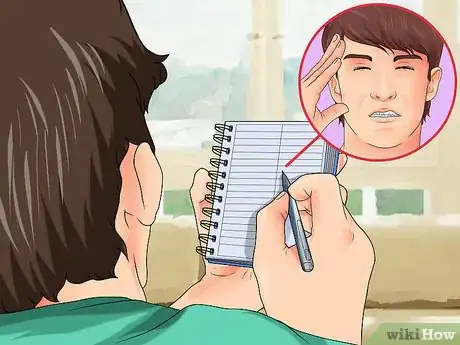


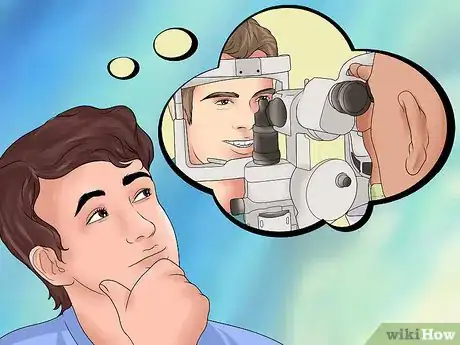
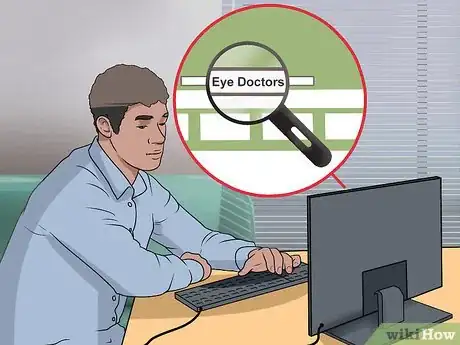
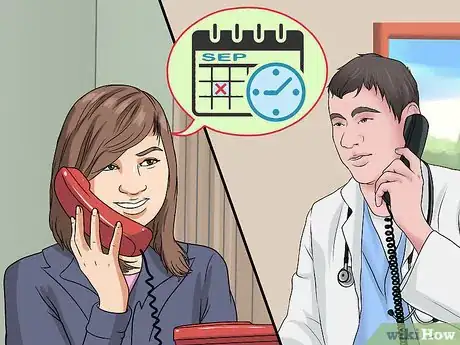
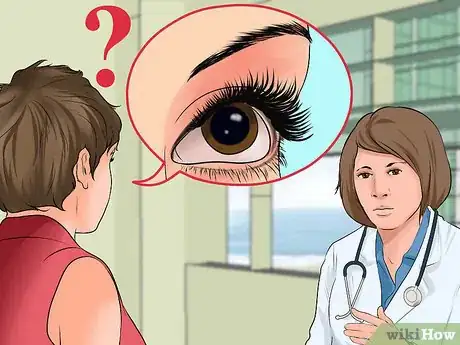
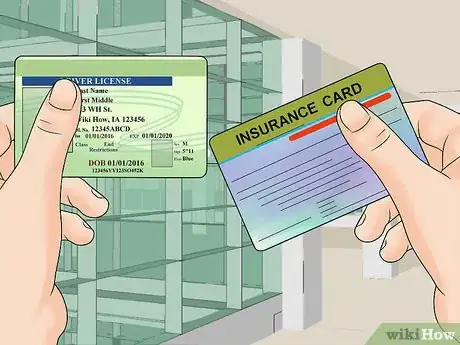


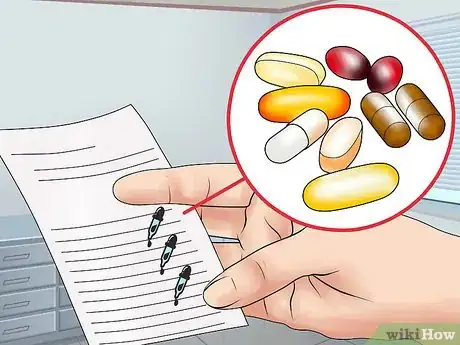

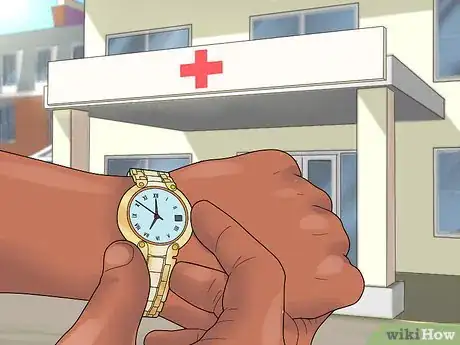
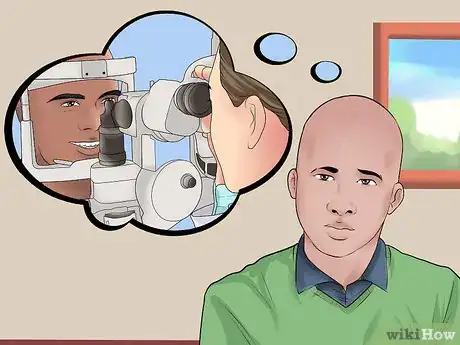



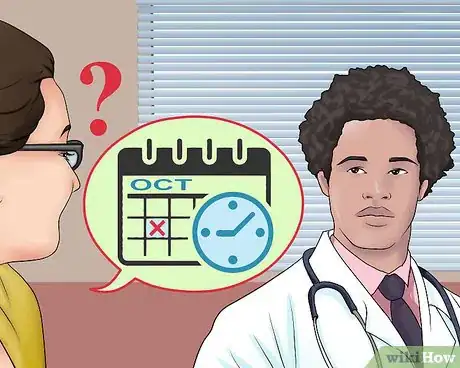




-Step-3-Version-2.webp)
















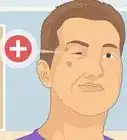



































Medical Disclaimer
The content of this article is not intended to be a substitute for professional medical advice, examination, diagnosis, or treatment. You should always contact your doctor or other qualified healthcare professional before starting, changing, or stopping any kind of health treatment.
Read More...